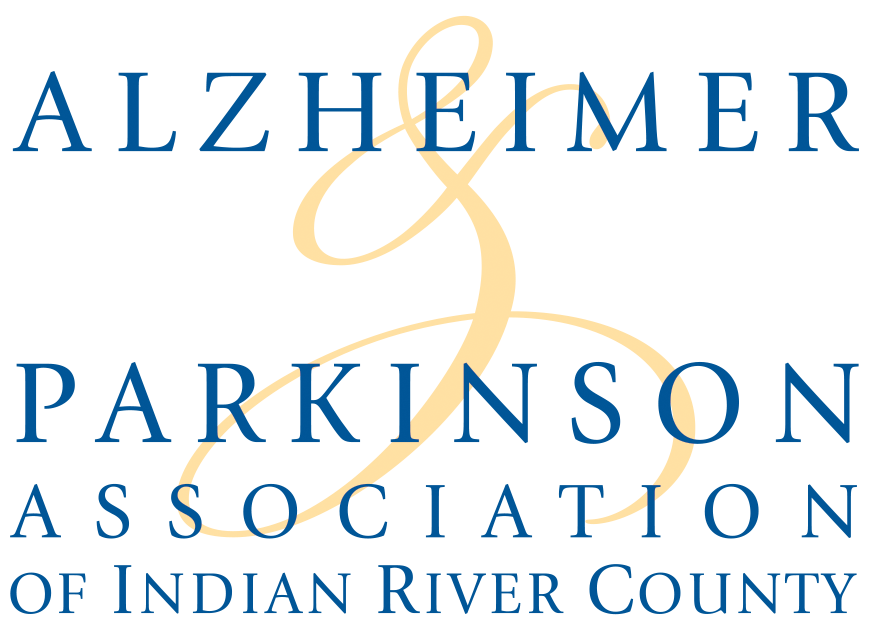Common Movement Disorders
Although Parkinson’s disease is common amongst those who suffer from declined motor functions, there are other movement disorders you or your loved one might be experiencing.
Essential Tremor
Essential tremor is a movement disorder that causes shaking mostly in the hand, but it can also occur in any part of the body. Essential tremor is often confused for Parkinson’s disease, but it is often not considered dangerous and is eight times more common than Parkinson’s. Not everyone requires treatment for their essential tremor, but if it starts to affect your daily life with preventing activities such as dressing or working, you may want to discuss treatment or therapy options with your physician.
Click here for more information on essential tremor
Multiple Sclerosis
Multiple sclerosis (MS) is a disease that affects the central nervous system of your body and disrupts the flow of information transmitted from your brain to your body. MS often has unpredictable effects on the body, but common symptoms can include numbness or weakness in the limbs, tremors, unsteady gait, slurred speech and vision impairments.
Click here for more information on MS
Cerebellar Ataxia
Cerebellar ataxia is a sign of a neurological disorder that affects your motor functions such as problems with walking, poor gait, loss of balance, difficulty swallowing and slurred speech. Certain movement disorders such as Parkinson’s disease and MS can cause ataxia.
Click here for more information on cerebellar ataxia
Atypical Parkinsonism
Atypical Parkinsonism is essentially when someone show signs of Parkinson’s disease, but does not respond to medical treatment of Parkinson’s disease. These signs can include rigid movements, tremors and loss of coordination.
